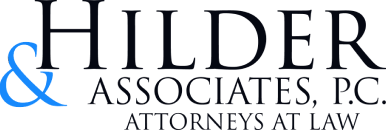Recently, a person or an entity in Texas accused you of copyright infringement. You want to clear the air and assert your rights, but how do you build your defense?
Chron explains the elements of proving copyright violations. Make your case by understanding the evidence used against you.
Defining infringement
When an entity or individual holds a copyright, they have the right to duplicate, distribute, show and perform the copyrighted work. If another person or entity appropriates that right, the act gives the copyright holder grounds to take legal action. Penalties for copyright violation include injunctions, financial damages, legal fees, imprisonment and statutory damages.
Proving infringement
Copyright holders claiming third-party infringement must have a valid copyright certificate and evidence that the third party used the copyrighted work illegally. The third party must have access to the copyrighted work, and the copyright holder must demonstrate similarities between works. Copyrighted works generously distributed and broadcasted to the public rarely qualify for the independent creation defense, as a judge may rule that the party accused of copyright violation had access to the protected work.
Asserting fair use
The copyright holder may face a fair use defense from the defendant. This involves the accused demonstrating educational or not-for-profit utilization of the protected work. The defendant must also show that the copyright’s nature opens the door to educational and noncommercial use and that she or he only used a portion of the protected work, not all of it. Asserting fair use also involves proving that using the work did not negatively affect the work’s target audience.
Learn how to create a foundation for a legal solution. You do not have to face an accusation of copyright infringement in fear.


